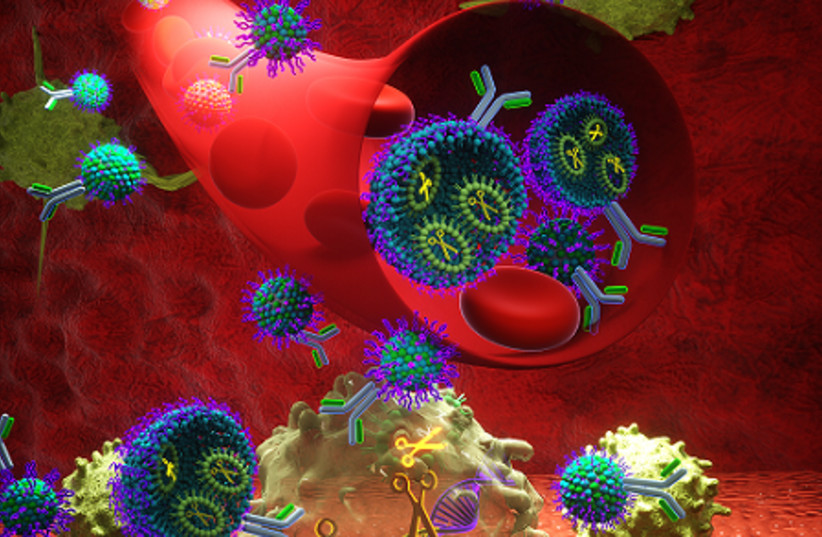Researchers at Tel Aviv University conducted an experiment at the International Space Station back in April testing the diagnosis of medical issues under microgravity conditions using CRISPR, according to the university.
The researchers included Dr. Dudu Burstein from TAU's Shmunis School of Biomedicine and Cancer Research and Dr. Gur Pines from the Volcani Institute, as well as Israeli astronaut Eytan Stibbe, who conducted the experiment in space as part of the Rakia Mission launched by the Israel Space Agency and Ramon Foundation.
CRISPR systems are used by bacteria to locate viral sequences and subsequently disable viruses. According to TAU, Prof. Emmanuelle Charpentier and Prof. Jennifer Doudna, who studied this phenomenon previously, successfully applied it in order to edit the genomes of human cells. They were awarded the Nobel Prize in Chemistry in 2020.

Burstein's comments
"In the International Space Station, we tested a CRISPR-based detection method developed by Dr. Janice Chen and colleagues in the Doudna lab,"
Dr. Dudu Burstein, Shmunis School of Biomedicine and Cancer Research, Tel Aviv University
"Conditions in space are extremely problematic, and treatment methods are limited, so it is essential to identify pathogens in a rapid, reliable, and straightforward method," Burstein said. "Tests like PCR, which we are now all familiar with, require trained personnel and relatively complex equipment."
"In the International Space Station, we tested a CRISPR-based detection method developed by Dr. Janice Chen and colleagues in the Doudna lab," Burstein added. "First, the DNA is amplified: each targetted DNA molecule is repeatedly duplicated many times, and then the CRISPR-Cas goes into action: If it identifies the target DNA, it activates a fluorescent molecular marker i. The fluorescence lets us know whether the bacteria or viruses of interest are indeed present in the sample. This whole process can be conducted in one tiny test tube, so it can suit well the astronauts' needs."
